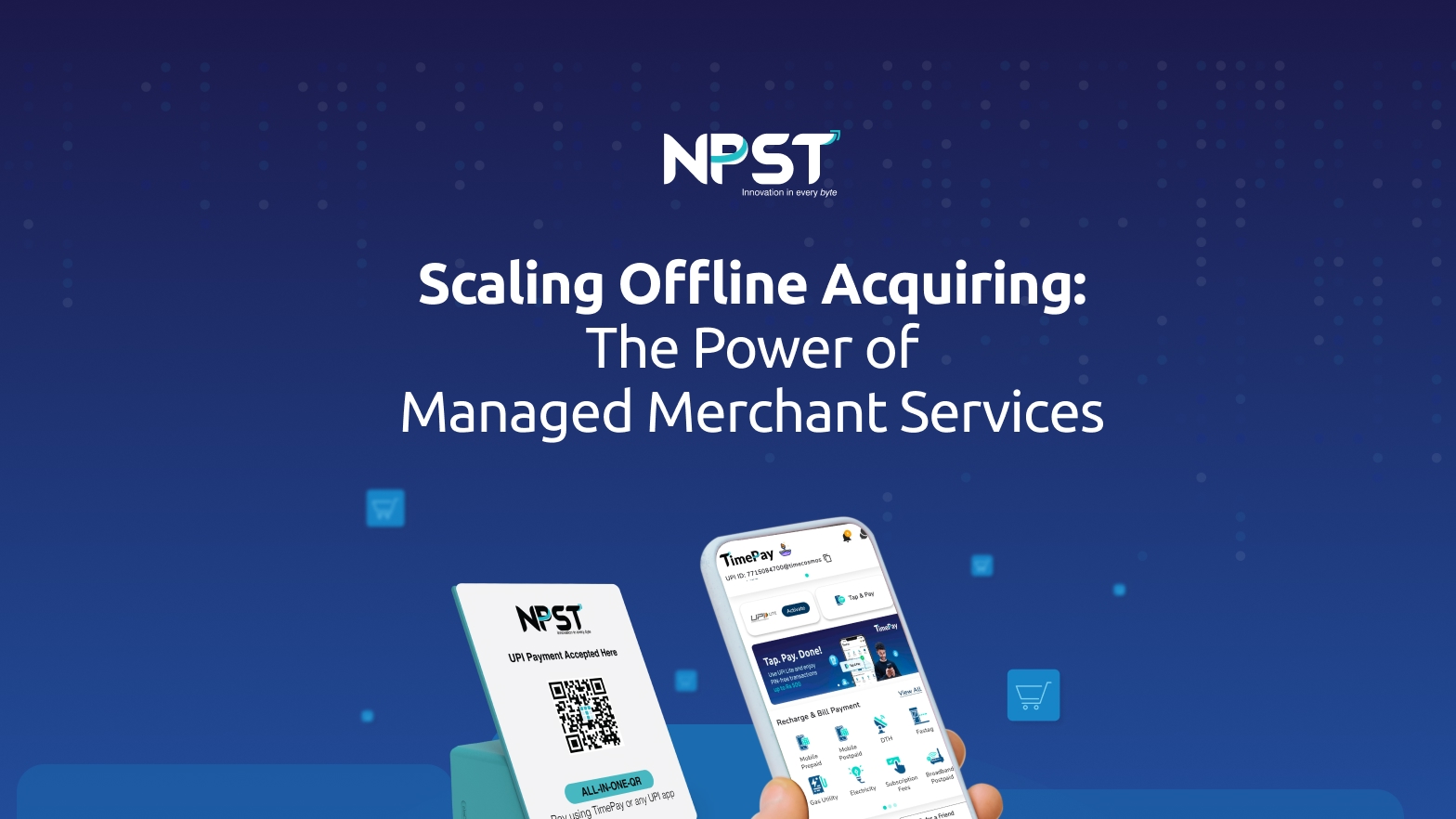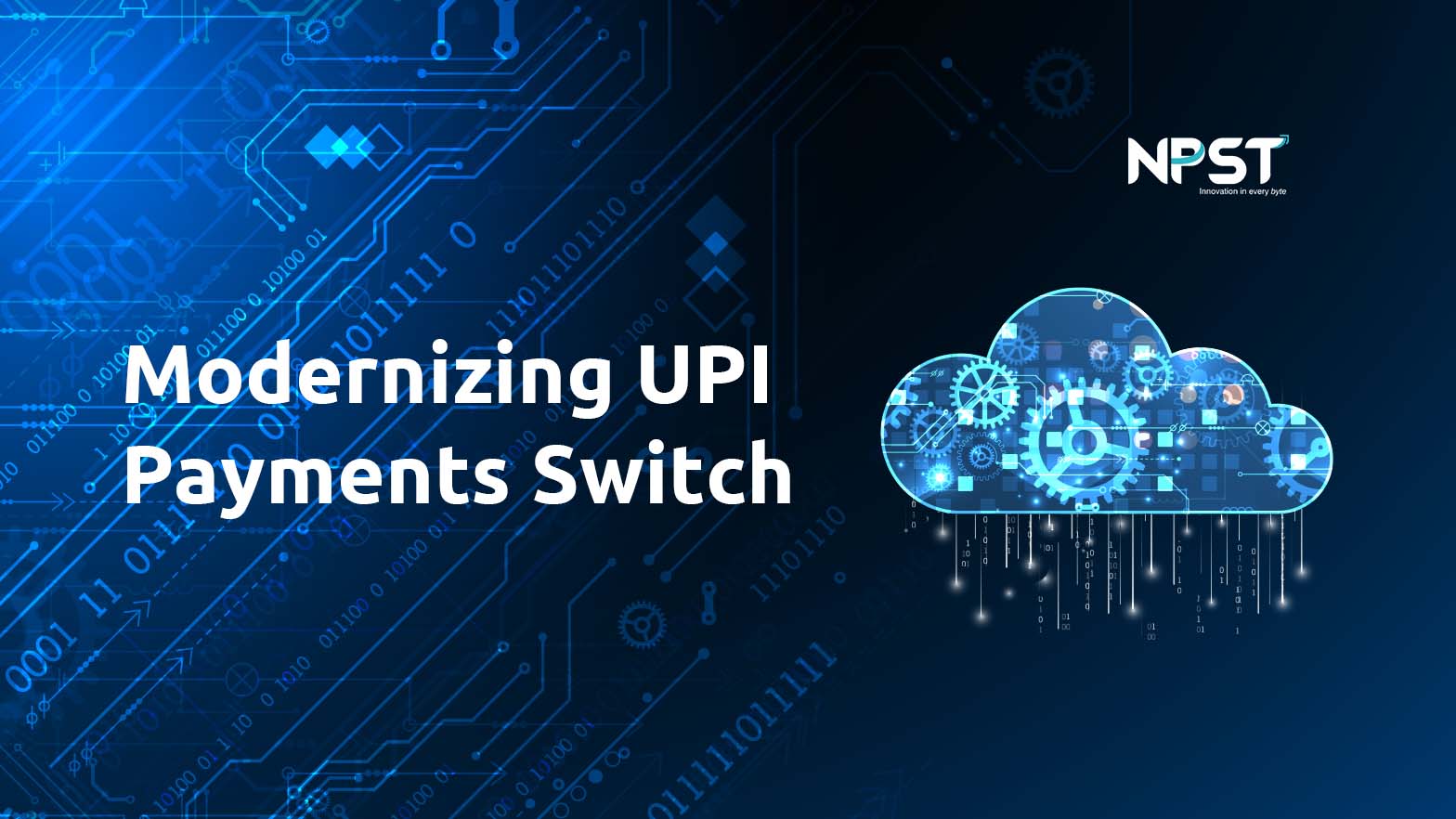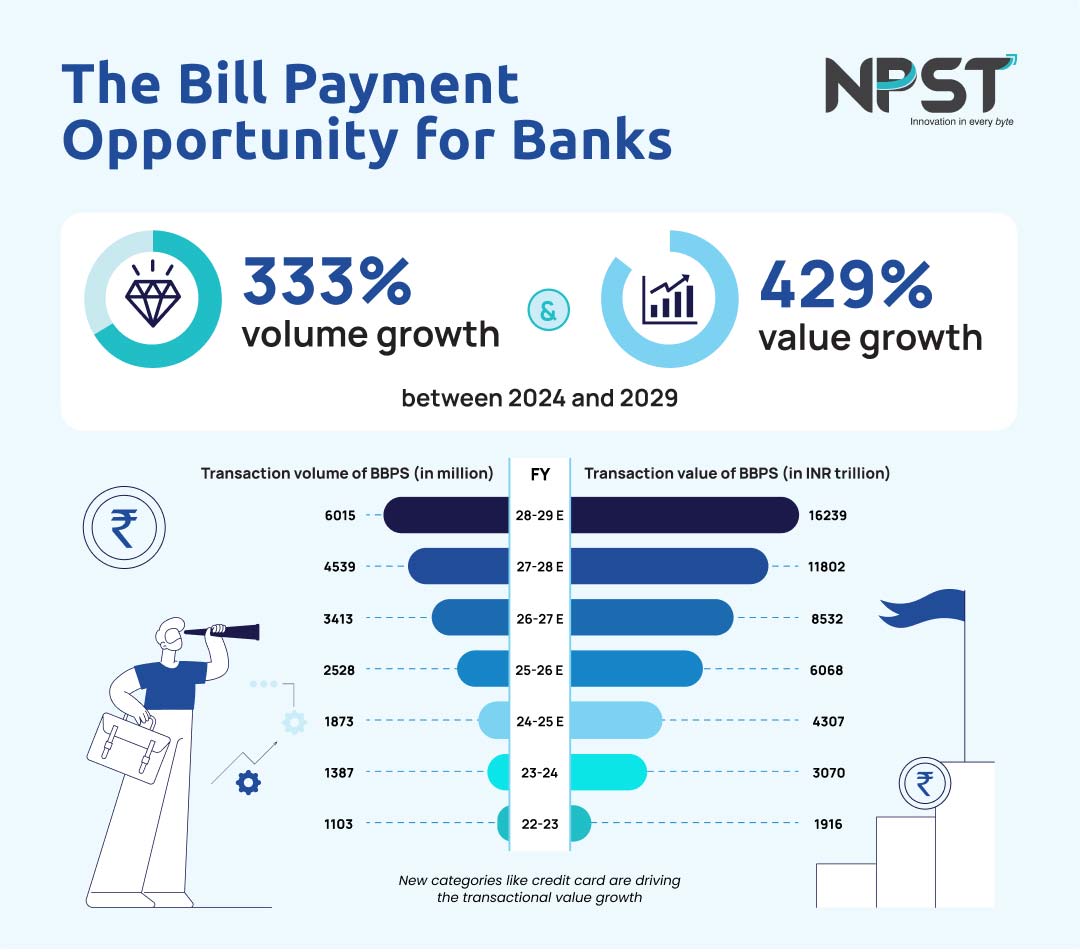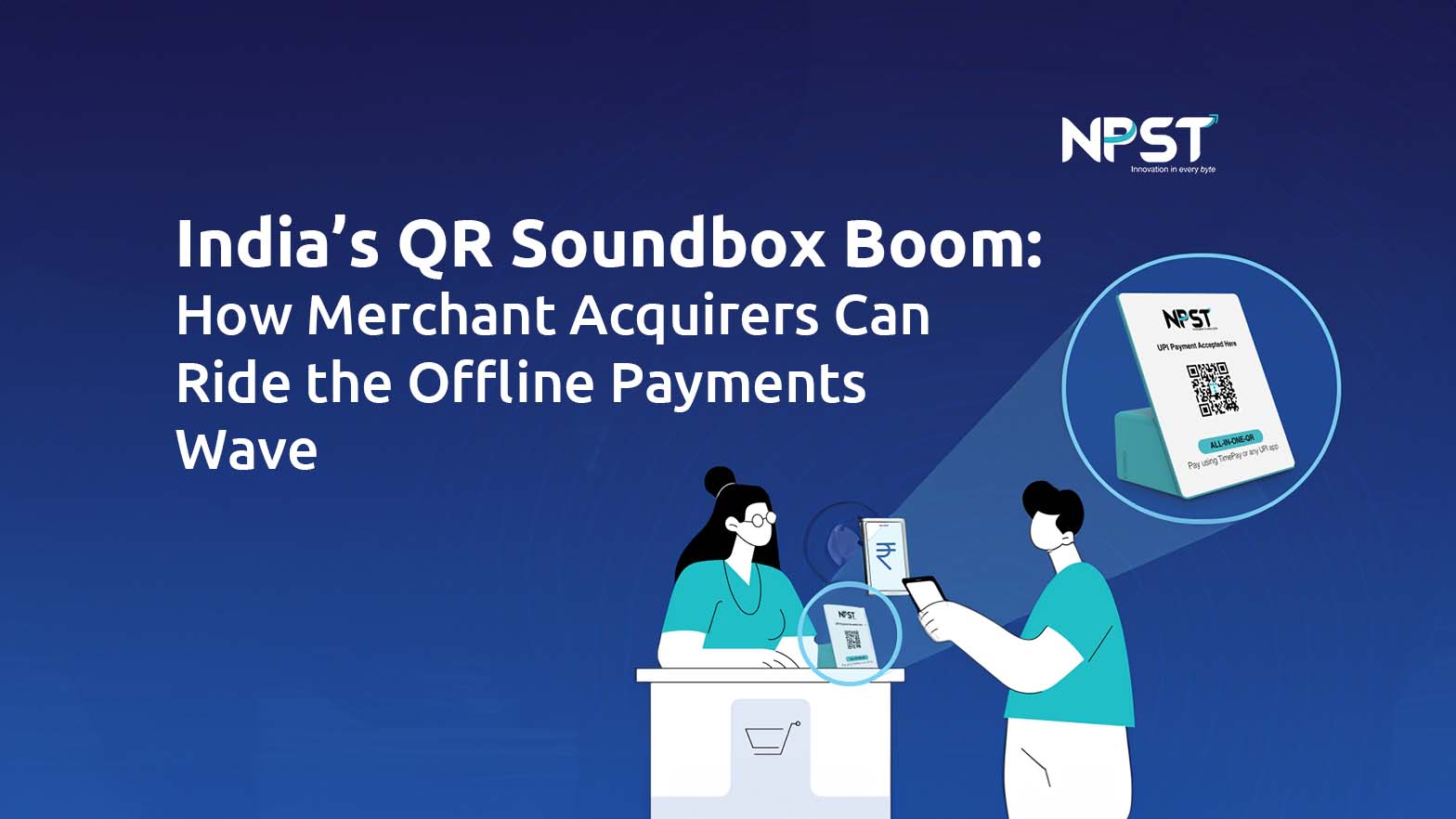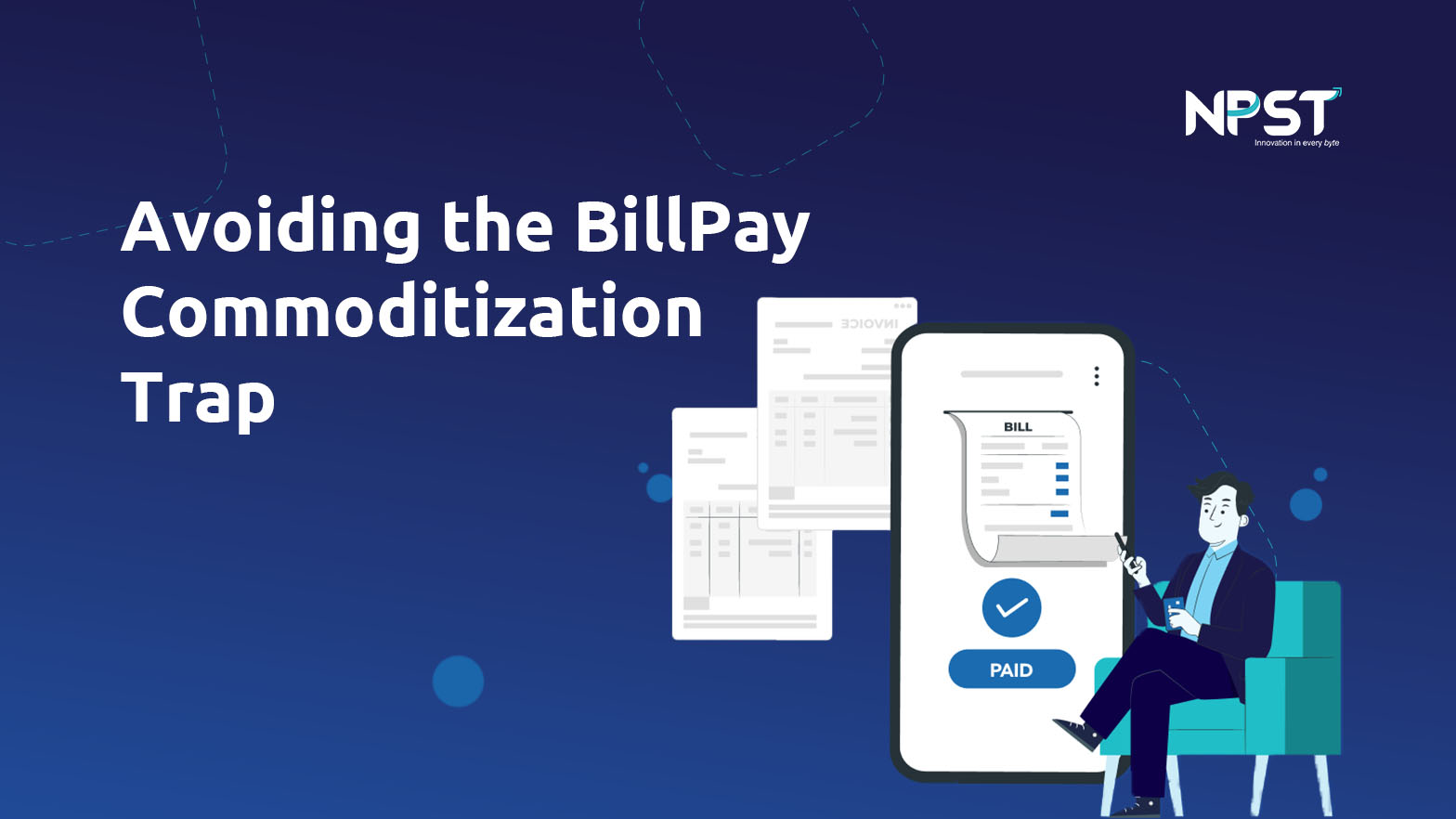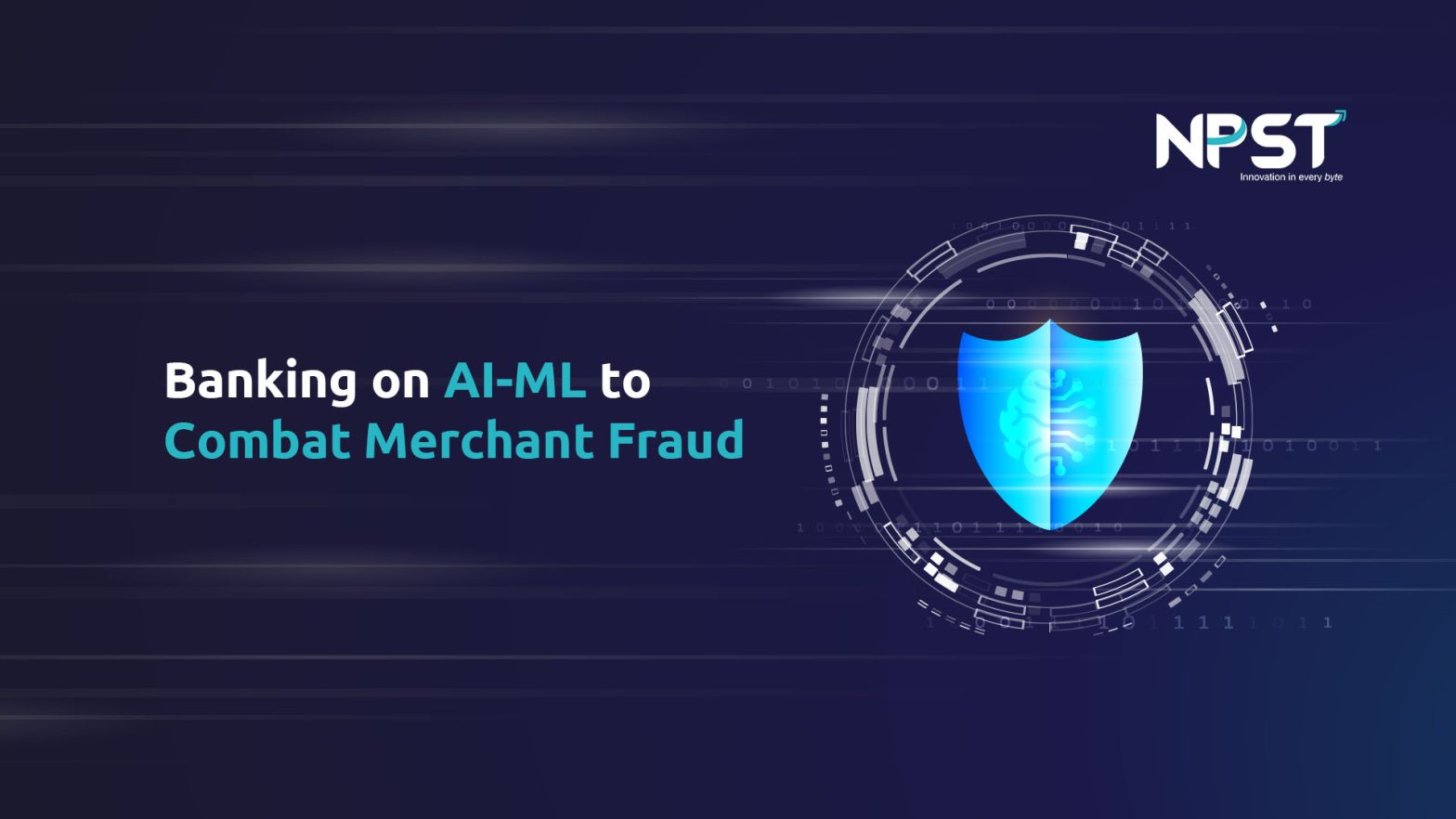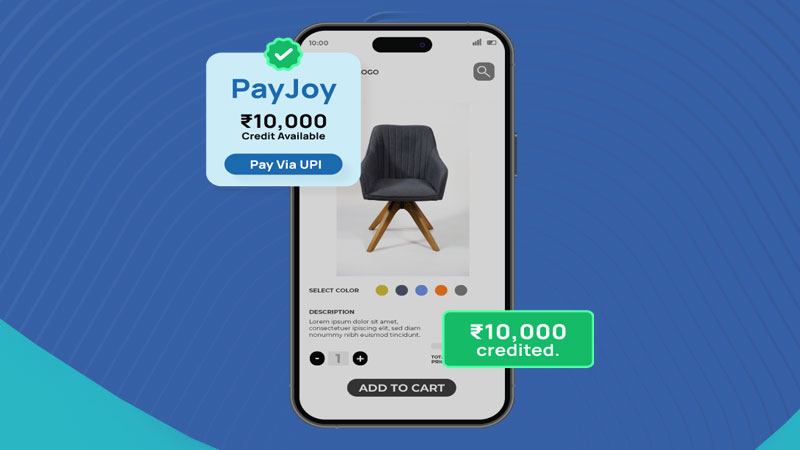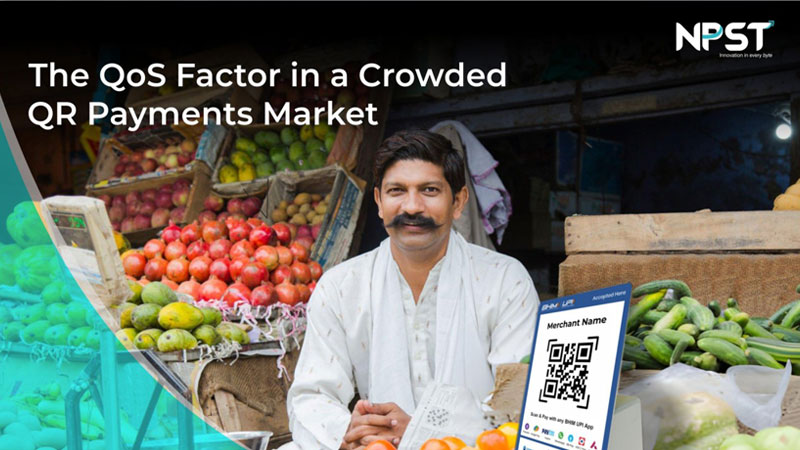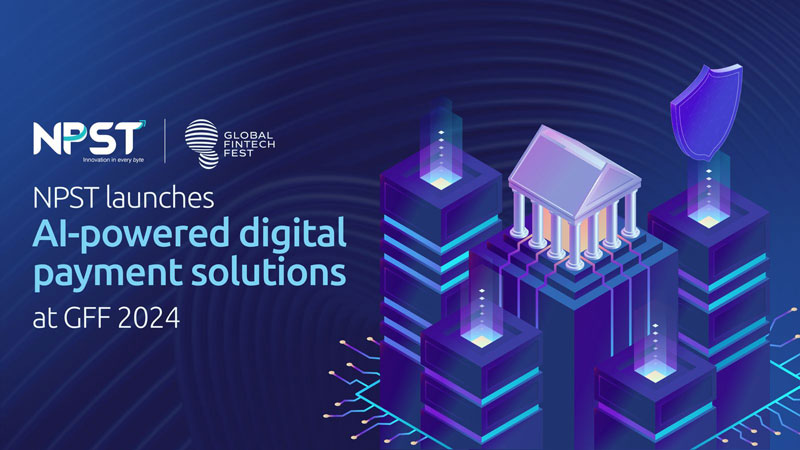India’s Unified Payments Interface (UPI) has redefined digital transactions since its launch in 2016 by the National Payments Corporation of India (NPCI).
Emerging as one of the world’s most widely used payment systems, UPI processed over 130 billion transactions in FY 2024, with a cumulative value exceeding ₹199 trillion.
Despite these remarkable numbers, a significant financial inclusion gap remains. With over 420 million UPI users, less than half of India’s population is reached. This gap primarily results from millions lacking access to formal banking services due to inadequate documentation, limited banking infrastructure, and low digital and financial literacy.
Although UPI has achieved remarkable adoption, its requirement for a bank account or prepaid card limits its reach. Many people remain reluctant to embrace digital payments, with NPCI data revealing that about 6% of UPI users handle transactions on behalf of others, underscoring gaps in broader adoption. To tackle these challenges, UPI Circle offers an innovative solution.
What is UPI Circle?
UPI Circle is designed to extend digital payment access by broadening UPI’s reach. The solution allows primary UPI users to add family members or friends as secondary users. These secondary users can then conduct transactions using the primary user’s bank account within predefined limits. By enabling individuals without bank accounts or those reluctant to adopt digital payment methods to benefit from UPI, UPI Circle aims to enhance financial inclusion and foster greater participation in the digital economy.
A Major Banking Opportunity
For banks, acquiring new and entry-level customers presents a significant cost. The costs include marketing, customer acquisition, Know Your Customer (KYC) processes, and ongoing account servicing, such as customer support, transaction processing, and compliance. Many accounts are infrequently used, leading to high dormancy rates and reduced return on investment.
For banks, acquiring new and entry-level customers presents a significant cost. The costs include marketing, customer acquisition, Know Your Customer (KYC) processes, and ongoing account servicing, such as customer support, transaction processing, and compliance. Many accounts are infrequently used, leading to high dormancy rates and reduced return on investment.
UPI Circle offers banks a cost-efficient way to reach underbanked and unbanked segments. It essentially turns the bank’s existing customer network into potential customer acquisition agents by allowing UPI account holders to onboard secondary users – regardless of their banking status – to make payments. The approach optimizes acquisition costs and lightens the KYC burden, as the primary account holder, already KYC-compliant, effectively underwrites new users.
Targeting the Youth Market
India’s population between 9 and 18 years old is approximately 240-250 million- representing a vast untapped market. UPI Circle allows parents to share their bank accounts with their children, enabling banks to build long-term relationships with customers from an early age. By engaging this demographic, banks can position themselves as trusted financial partners throughout their customers’ lives.
India’s population between 9 and 18 years old is approximately 240-250 million- representing a vast untapped market. UPI Circle allows parents to share their bank accounts with their children, enabling banks to build long-term relationships with customers from an early age. By engaging this demographic, banks can position themselves as trusted financial partners throughout their customers’ lives.
Potential Impact
UPI Circle has the potential to make significant strides in advancing financial inclusion by facilitating the transition of many users into the formal banking system. It promises to narrow the banking divide, enhance financial literacy, and create new economic opportunities, effectively transforming how underserved populations interact with the financial system.
UPI Circle has the potential to make significant strides in advancing financial inclusion by facilitating the transition of many users into the formal banking system. It promises to narrow the banking divide, enhance financial literacy, and create new economic opportunities, effectively transforming how underserved populations interact with the financial system.
Explore More
We empower banks and payment aggregators to achieve success at every step of the transaction journey


